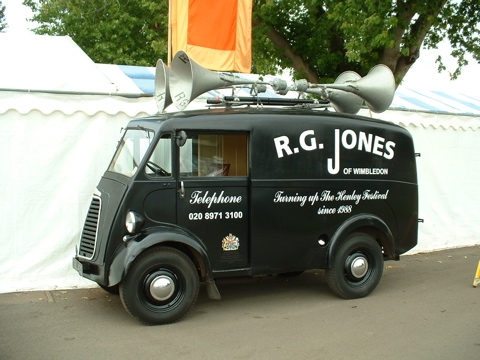BUILT TO LAST
The company was founded in 1926 by Ronald Godfrey Jones, a true pioneer. As one of the oldest companies of its kind in the world, RG Jones is the history of professional audio, and the principles of its founder will continue to take it into the future.
-
Once upon a time…
1926
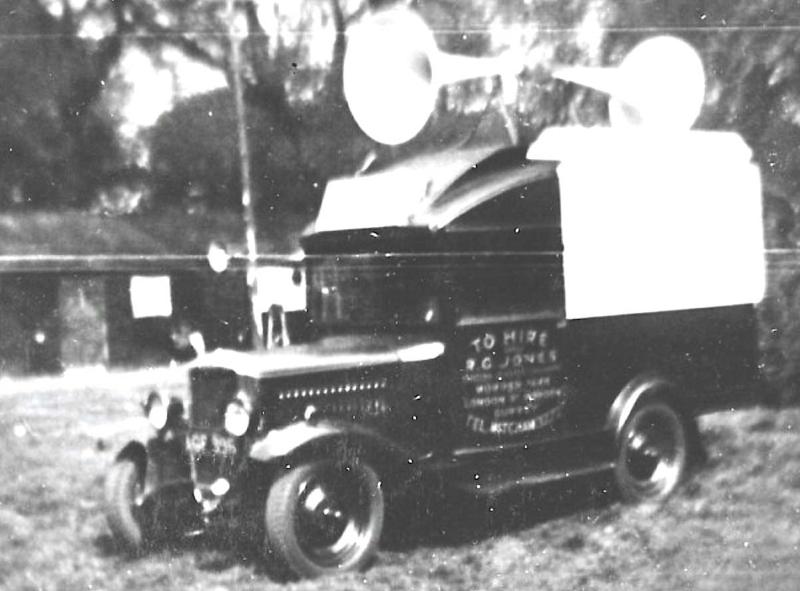
Ronald Godfrey Jones was born in Caerphilly in South Wales. From an early age he loved designing and building gadgets. Entirely self-taught, he was equally skilled at carpentry and metalwork and was very quickly able to construct a power amplifier and other pieces of electronic equipment.
Known as Geoff, Reg or RG, his first job on leaving school was for a company called Milton. He became a salesman for the company and from a caravan, in which he also lived, he sold his wares in town markets all around Wales. Getting himself heard above the other market traders was hard work and he soon began to turn his mind again to electronically amplified sound. Totally undaunted by his lack of training in electronics, he procured all the necessary components and had soon assembled a system. Two large horn loudspeakers, the flares constructed entirely by him out of bits of timber, were mounted on top of the car which towed his caravan. Inside, he installed a microphone connected to an amplifier powered by four twelve volt batteries and a rotary (48V to 230V) convertor. It worked! The young RG Jones was now able to advertise himself effortlessly to the crowds giving him a distinct advantage over the other retailers. Such was the success of his enterprise that his employers asked him to build a further fifteen more systems to equip the rest of the Milton force. So by the tender age of just eighteen, the same year Queen Elizabeth II was born, with the BBC just barely formed and Stalin just in power, the young RG Jones went into business for himself.
-
A Gifted Entrepreneur…
1933
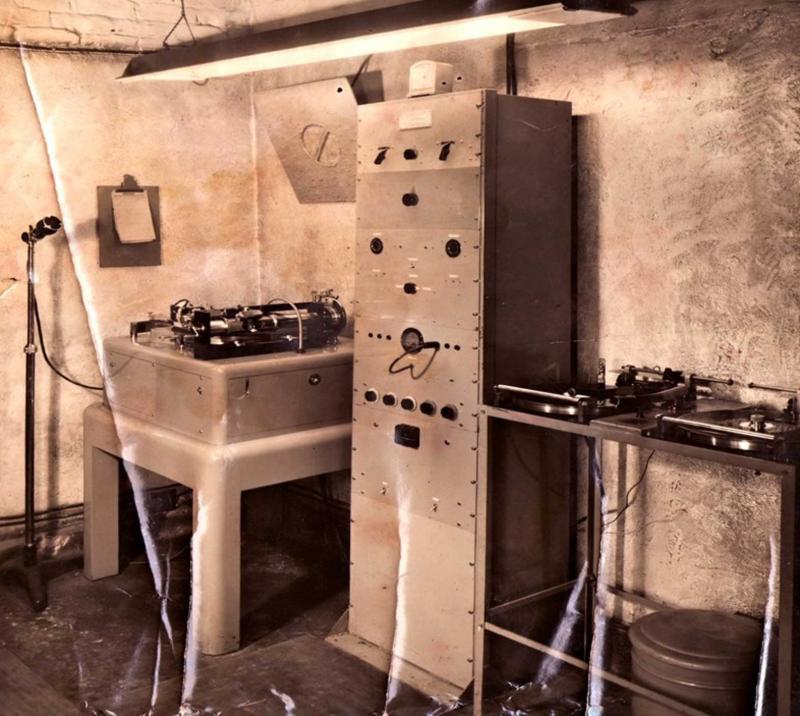
By 1933 most companies were trying to recover from the severe effects of the Wall Street Crash, RG Jones saw an opportunity to offer a service that allowed companies an advantage in advertising. The first client was Candle King Ltd of Cardiff who paid twelve guineas (twelve pounds and twelve shillings or £12.60) for an “Advertising Broadcast”. This would have been considered quite a sizeable fee.
-
RG Jones expands further…
1939
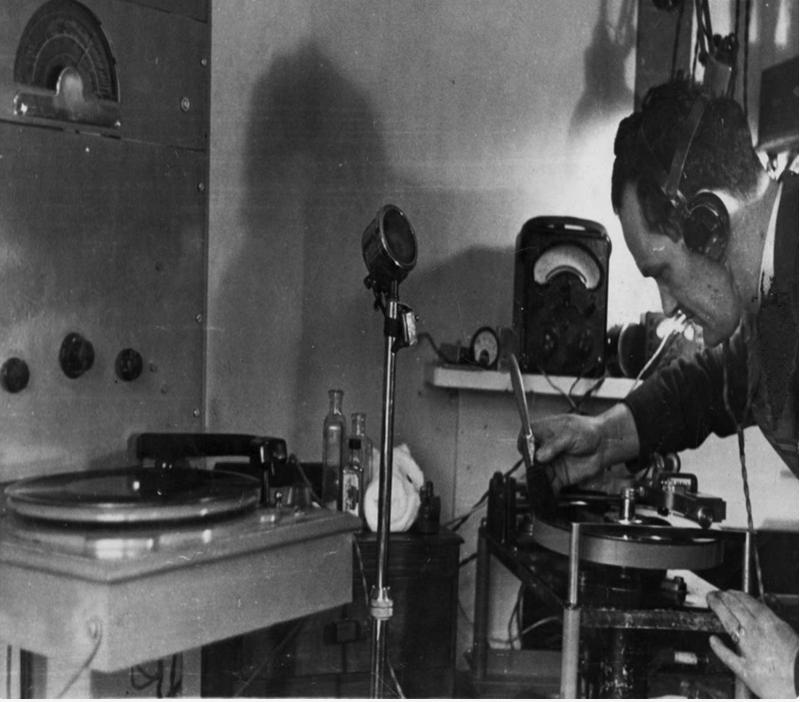
By 1939 the world was watching on as Germany invaded Poland and began World War 2. Just the year before, The War of The Worlds had been broadcasted on the radio and caused total panic…now the real panic was beginning to unfold. It must have been an extraordinary time to live in and RG Jones continued to expand his business despite this. He and his wife moved to South West London, renting a space in an orchard for their caravan! Here, he erected a shed for his office and generated a business producing and hiring out public address systems.
-
RG builds his first Recording Studio
1943
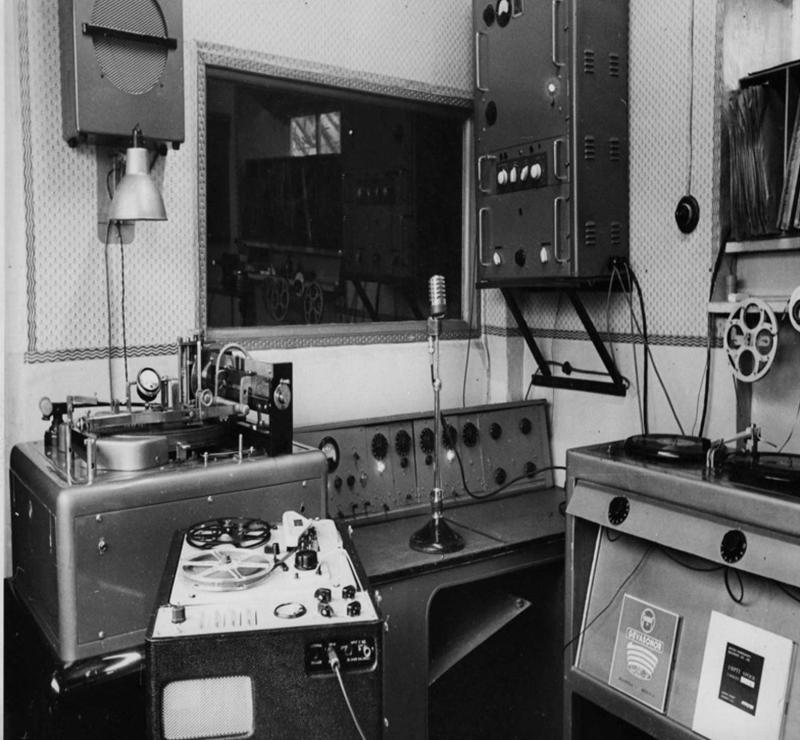
By 1943, RG could afford to move out of the caravan into the house in the grounds of Morden Manor, and there he build his first proper Recording Studio. By now, Winston Churchill had become the Prime Minister and The US had entered the war following the attack at Pearl Harbour. The business prospered and he was soon hiring out equipment for all kinds of events. Dance bands would provide the music and RG put together what he called “Crooner Sets” – an amplifier, two Vitavox K/12/20 Loudspeakers and a microphone. For those who could not afford a group of professional musicians, he hit on the idea of providing dance music from amplified records. In an article for the Electrical Trading and Radio Marketing magazine of October 1943, he describes how to run “PA Dances”. For a dance floor of up to 250 people, he recommended a good quality amplifier with an output of 10watts and a 12″ loudspeaker on a baffle with a 36″ horn speaker. Two turntables are necessary as it is essential to avoid a pause in the music while the disc and the needle are being changed. (The fibre needles would need to be sharpened after each play). To add realism, all equipment was hidden behind a curtain on stage, except for the microphone. The microphone was connected to a separate amplifier feeding two 10″ loudspeakers, one placed either side of the stage. This, he explained, avoided feedback and, with the microphone remaining live, amplified the music from the loudspeakers to a “good effect”.
During the war he also produced records of radio plays for entertainment used by the armed forces.
-
So who really did invent Disco?
1944
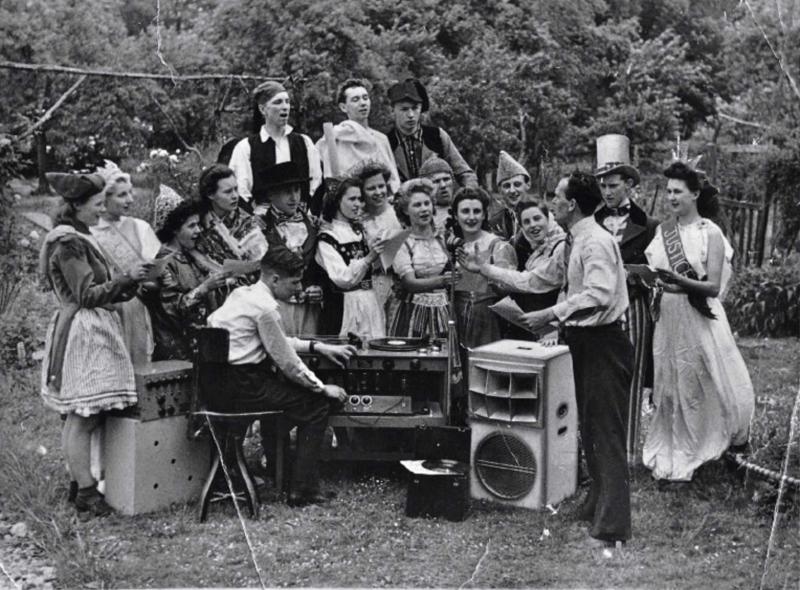
Perhaps the modern DJ’s with their megawatt disco systems owe what they know to RG and his PA Dances? It has been claimed that disco was invented in 1944 using two wind-up gramophones … it seems that RG was well ahead of that, and with rather more technical sophistication too!
-
RG Jones and The War
1945
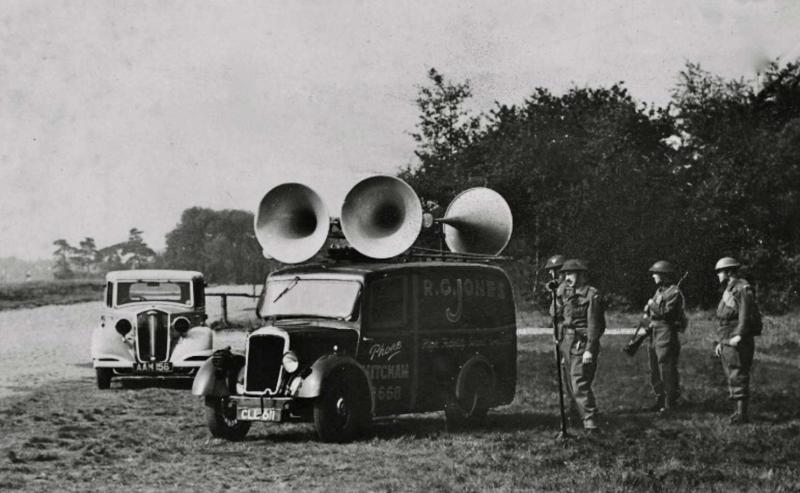
During the Second World War, mobile PA equipment from RG Jones was used by The Home Guard, The Red Cross and even at Liverpool Docks for controlling the landing of thousands of American troops.
RG was also contracted to refit Green Line coaches which had been loaned to the American red Cross who painted them grey and renamed them “Clubmobiles”. Each one was fitted with a microphone, loudspeakers, a wireless and gramophone. Alongside the Clubmobiles, RG’s fitted PA into Blood Donor vans. Meanwhile, the RG Jones studio was also busy producing records of radio plays for entertainment used by the armed forces.
When the War finally came to an end, RG Jones was employed to provide the PA services for the “Service of Thanksgiving to Almightly God – For the Victory Granted to Britain and her Allies” at St Paul’s Cathedral on Sunday 19th August 1945, providing the sound relay to the massive crowds outside the cathedral. There were four 7ft long exponential horns mounted above the portico which beamed sound down Ludgate Hill. The horns had already been installed to amplify band concerts on the steps to lift moral. These concerts continued well after the war right up to the mid 1990’s and the horns remained too!
RG Jones Sound Engineering continues to work at St. Paul’s to this day.
-
From Salesman to Writer and Producer…
1946
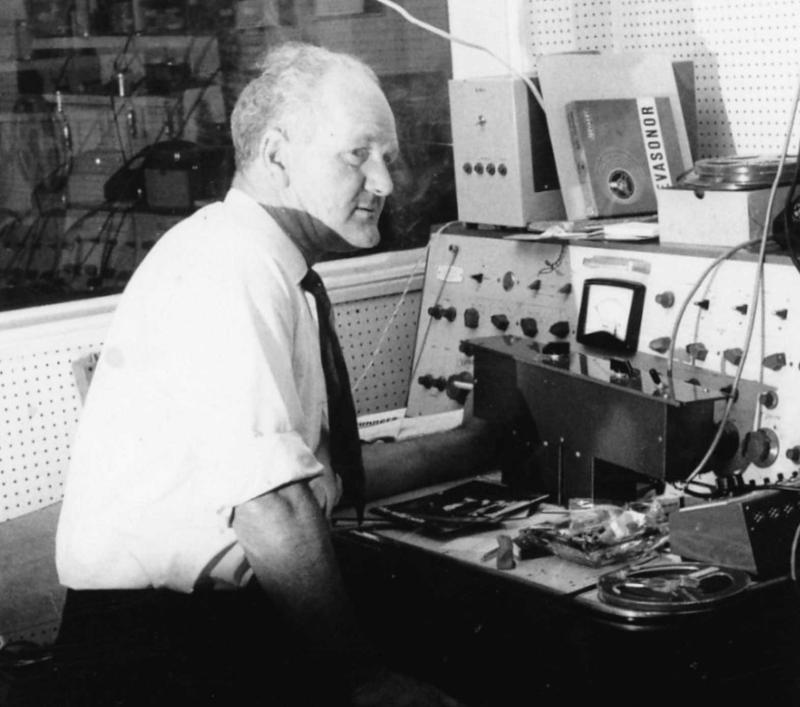
Always keen to try out new ideas alongside his thriving business; RG pioneered the “Public Address Pageant” and it was hailed in the Electrical Trading and Radio Marketing Magazine as “a new art form created by that well known specialist Mr RG Jones”. This was a piece of drama performed by a large cast of 400 amateurs miming to a play devised, written, produced and recorded by the Great Man himself!
Strange to think that this was the year of the first digital computer!
-
RG takes his first bow in Theatre
1947
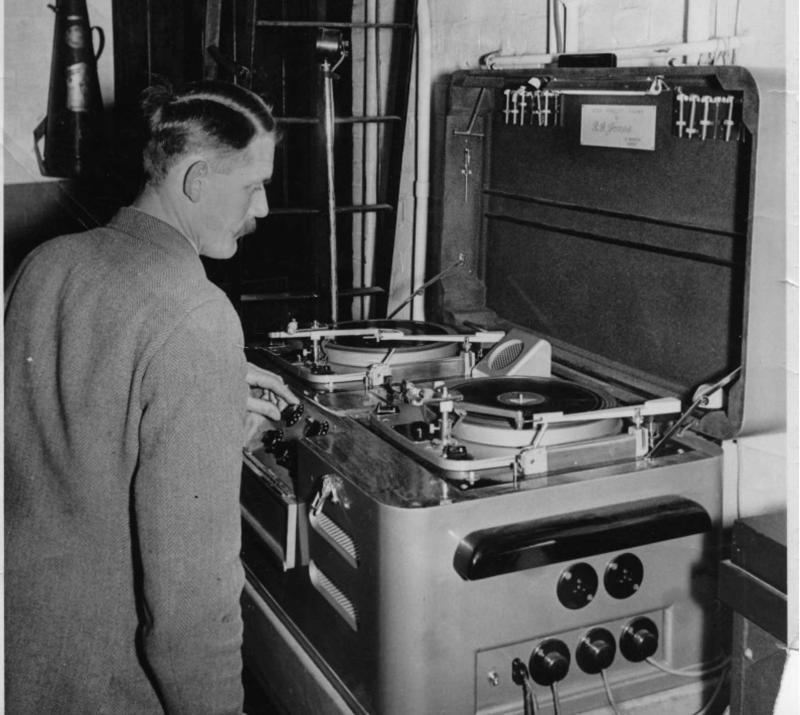
RG Jones first became involved with the theatre after seeing a show at the Kings Theatre in Hammersmith. Post-war, money was very tight; so he purchased a seat in “the Gods” from where he had great difficulty hearing the actors. This got him thinking and he soon returned to the theatre to put a proposal to the management. He convinced them that with a microphone and a few loudspeakers, he could make the actors voices carry right to the back of the gallery. Thus came about one of the earliest speech reinforcement systems. Recommendations followed and soon RG Jones found himself in the theatre business! The company diaries show that equipment was then supplied to seven other West End theatres.
To handle sound effects, RG designed and manufactured a device called the Panatrope. This was a beautifully engineered piece of equipment with specially designed cueing devices for the two 78 rpm turntables. Each pick-up arm was held in place over the record by means of an electro-magnet. This was attached to a rod which, in turn, was fixed to the groove locating mechanism adjusted by mean of cue bars. Each bar had a screw collar and was dropped into a slot in the mechanism. Moving the collar altered the position of the rod with the electro-magnet holding the pick-up. When the correct groove was located, the collar could be locked off with a screwdriver and was thus set for the start of the effect. When the “go” button was pressed the power to the electro-magnet was switched off allowing the pick-up to drop on the record. Who knows what RG would think of the SpotOn software that is now used by our engineers?
-
RG Jones forms Oak Records
1952
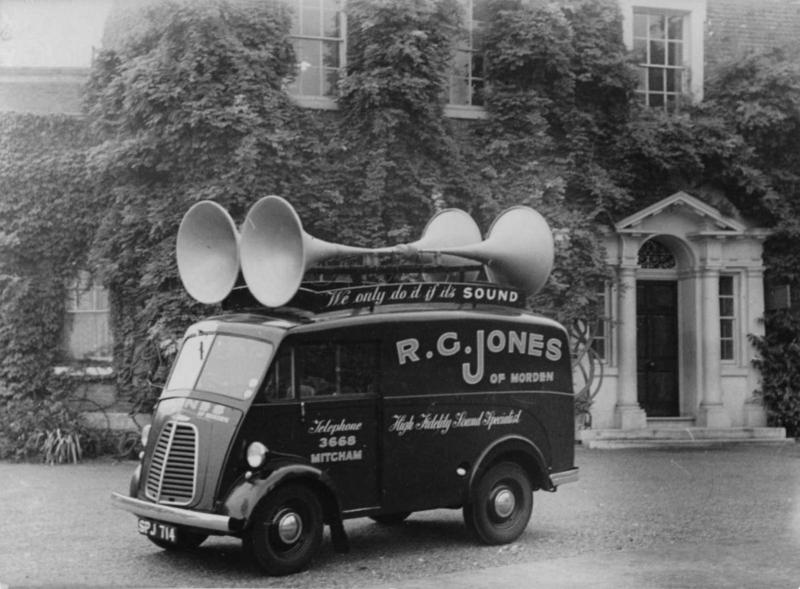
The business continued to grow and by 1952 (the same year that Queen Elizabeth II succeeded the throne), RG had built a second studio at Morden which was in operation until 1969 when it was sadly demolished to make way for Merton Technical College. This is where The Rolling Stones first recorded in 1964 and the home of RG Jones Oak Records. The studio produced many demonstration records including Tom Jones, Yardbirds, Eric Clapton, David Bowie, Springfields, Englebert Humperdink, Beegees to name just a few. Oak Records are now valuable collectors’ items.
The Hire side of the business was also thriving – RG prided himself on stocking and maintaining equipment to the highest standard. The valve amplifiers and rack units were custom built by Harold J Leak. Output valves were a pair of MZ175’s which required 400v HT produced with mercury arc rectifiers. RG built all the cabinets himself, made of timber with beautifully rounded corners – equipment was made and maintained in pristine condition. Incredible to think that Elvis was at this time working in Loew’s State Theatre as an usher!
-
RG’s and The Rolling Stones
1964
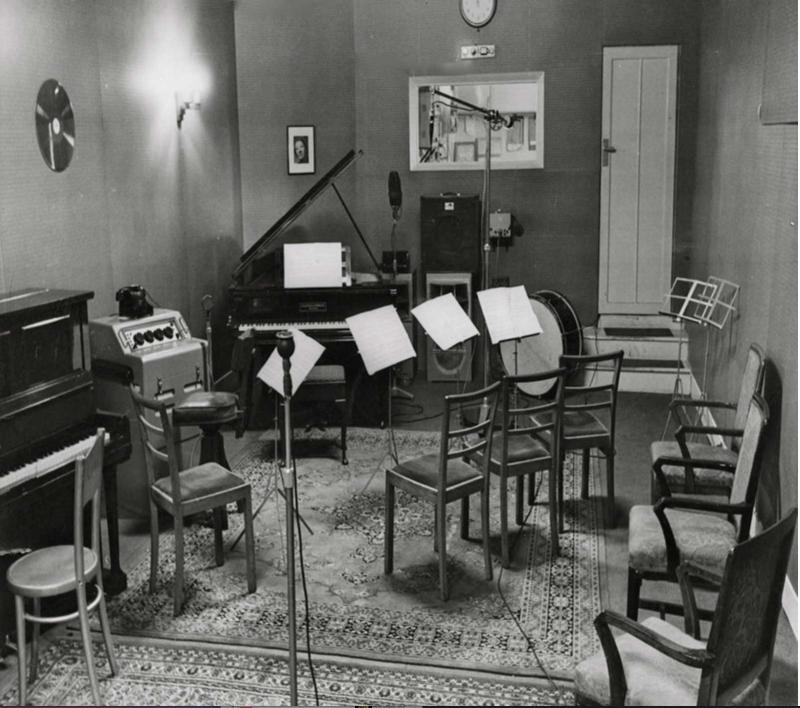
The Rolling Stones first recorded at the RG Jones Studios in 1964. Robin Jones remembers playing “Brown Sugar” at his 21st birthday party! He recalls that the Stones wanted “destorted sound”!
The studio produced many demonstration records including Tom Jones, Yardbirds, Eric Clapton, David Bowie, Springfields, Englebert Humperdink and The Beegees, the name just a few.
-
The Studio moves to Wimbledon
1968

RG decided to move the legendary studio to Central Wimbledon and the building in Morden was destroyed to make way for Merton College.
-
RG’s School of Sound Engineering
1973
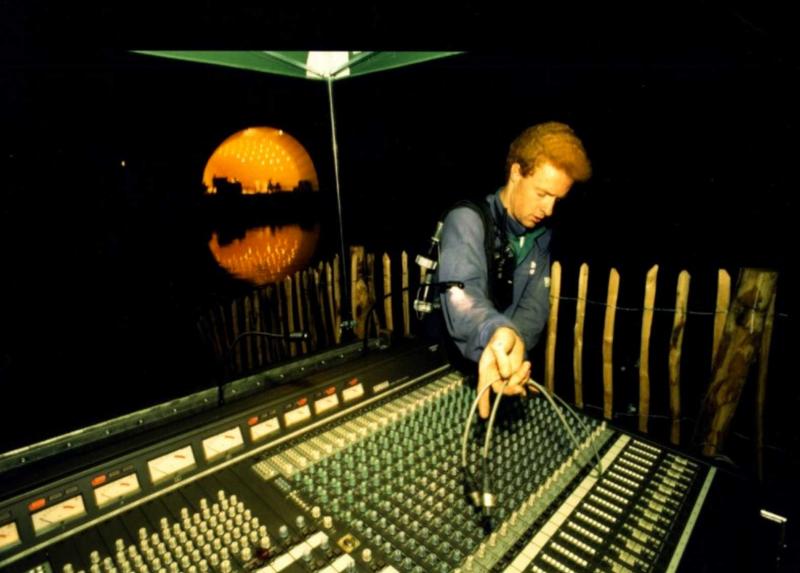
Some of the most recognised names working within our industry today came through RG Jones – we hold a stock of pictures of embarrassing hairstyles to remind ourselves of how they all looked back then! RG Jones provided a foundation for young engineers straight out of college to train with the latest technology alongside some of the best in the business. Of course, engineers move on eventually and either follow a freelance career or open their own business – those who have entered into the world of production now returned confidently to RG Jones as a client.
-
RG Jones and The Flying Circus…
1974
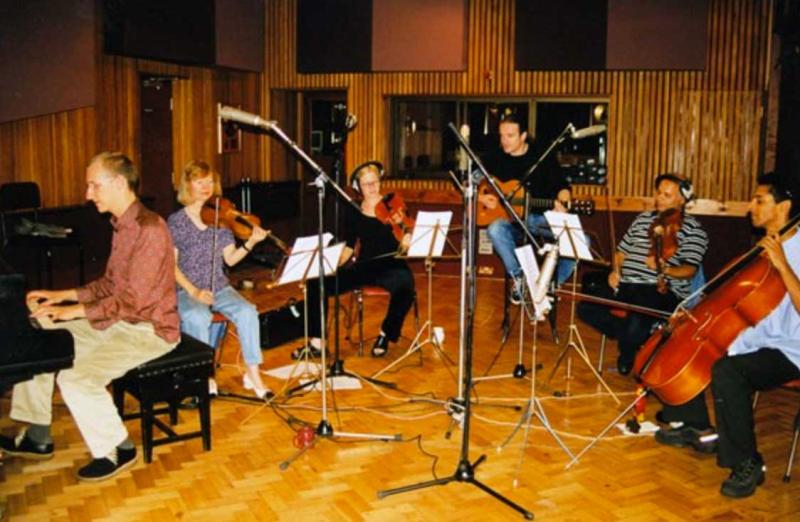
RG Jones supplied the equipment for the classic Monty Python “Postbox” sketch in 1974.
Meanwhile, the studio was given a complete overhaul to include a control room to house the Neve Console and M79 Recorder. A removable carpet over parquet flooring and very big acoustic screens meant that the acoustics could be varied in different parts of the studio. Visitors to the studio included Cleo Laine, Carl Douglas, Johnny Wakelin and Frank Pourcel.
-
RG Jones is TV’s favourite
1979
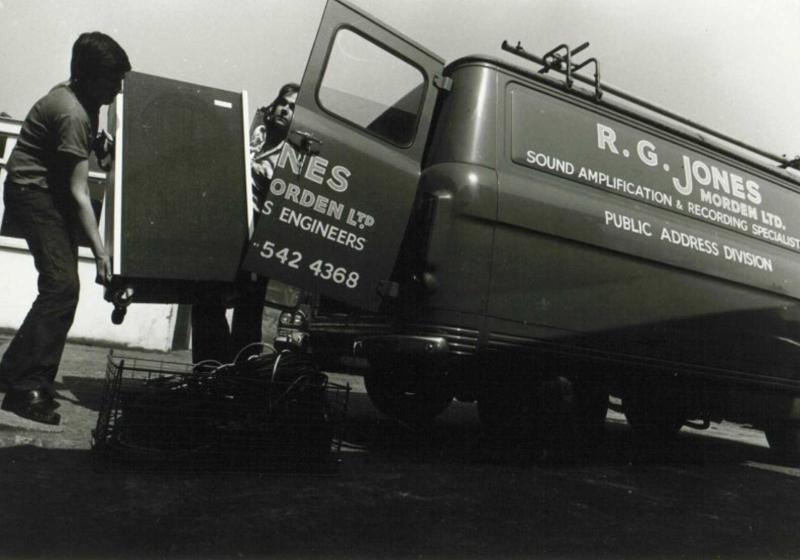
So the company had reached 1979…Saddam Hussain and Margaret Thatcher had just come to power and Sony introduced the Walkman!
The RG Jones Studio was now becoming one of the most recognised names and boasted some of the biggest names in music. The Hire Department was also thriving as the preferred supplier within the television sector, providing equipment for the studios and also supplying equipment for the BBC OB’s.
The company was covering jobs from Miss World to Seaside Special. RG even found himself venturing into the European market for “Snowtime Specials” in Lysin, Switzerland. 21 BBC OB trucks and lorries and 15 tons of equipment joined forces to record “Abba in Switzerland” and “Disco in the Snow”. These two show were seen by an estimated world-wide audience of 200 million.
-
Spreading the word at St Pauls Cathedral
1984
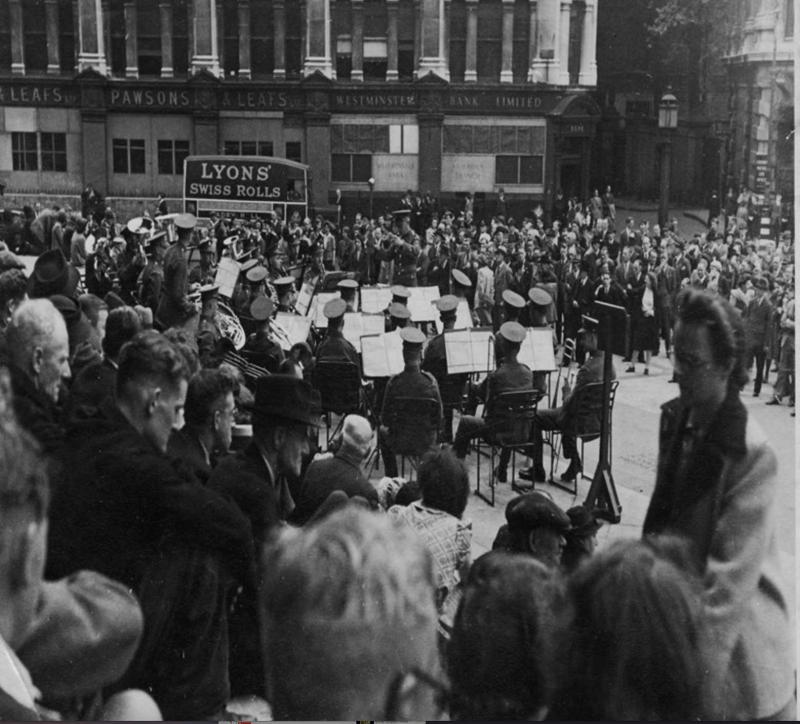
RG Jones impressive track record of work with reverberant spaces meant that the company was ideally placed to land the contract to design and install a speech-reinforement system into St. Paul’s Cathedral. If ever an acoustician were to have a nightmare, it would be inside of St Paul’s..the main body of the cathedral is bad enough acoustically but the problem is compounded by Wren’s world famous dome. There’s no doubt that the dome is a architectural masterpiece, but with a reverberation time of 11 secomds at 500Hz, some consider it a sonic disaster. Back in the Forties Reginald once suggested an innovative solution to speech reinforcement in the cathedral by putting an exponential horn throat at the top of the dome and lowering it until it coupled with the dome itself! It couldn’t actually be used because of the time delay but considering it was the Forties, this was an amazing concept. RG’s are proud to remain suppliers to the Cathedral to this day.
-
The Sound Industry Loses one of its Greatest Pioneers
1987
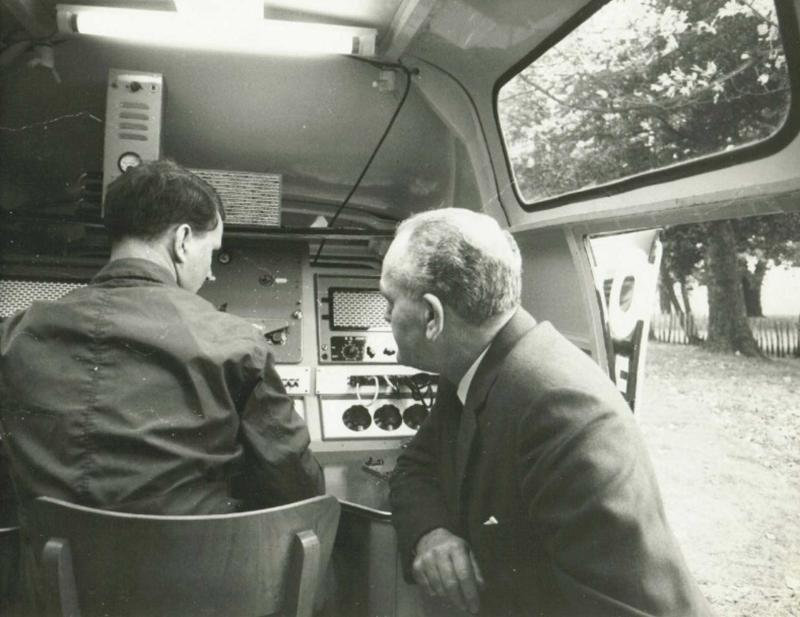
RG Jones died peacefully in St. Anthony’s Hospital following a short illness.
In tribute to the man whom many remembered as a kind and patient teacher. RG had turned the studio into one that was considered an inspiration to others. The Hire department was one of the most respected in the business and the Installations department had made inroads into some of the most beautiful and acoustically challenging venues in the UK.
What had begun as an idea to help a selling pitch, had grown into a number one business – RG was truly a pioneer of the sound industry.
-
Cricket, Cliff and the Cutty Sark…
1989
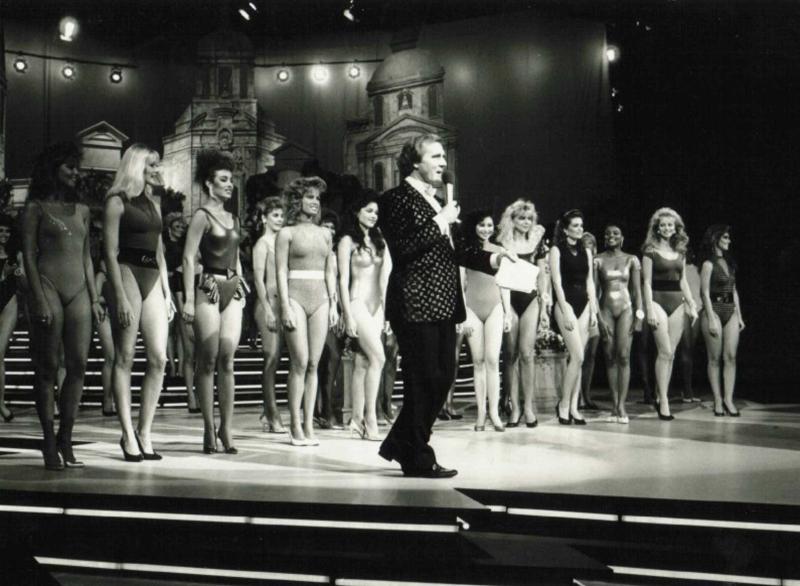
RG’s son Robin continued on with running the business. The company won the contract to install a complete new sound system into Lords Cricket Ground and smaller systems into the Cutty Sark at Greenwich and The London Oratory in Brompton Road.
Meanwhile, the studio was busy celebrating Cliff Richards No.1 hit “Mistletoe and Wine and the Hire department was keeping busy with Miss World, The Hippodrome Show and the open air summer music festivals.
-
D-Day Landings and VE Day Celebrations…
1995
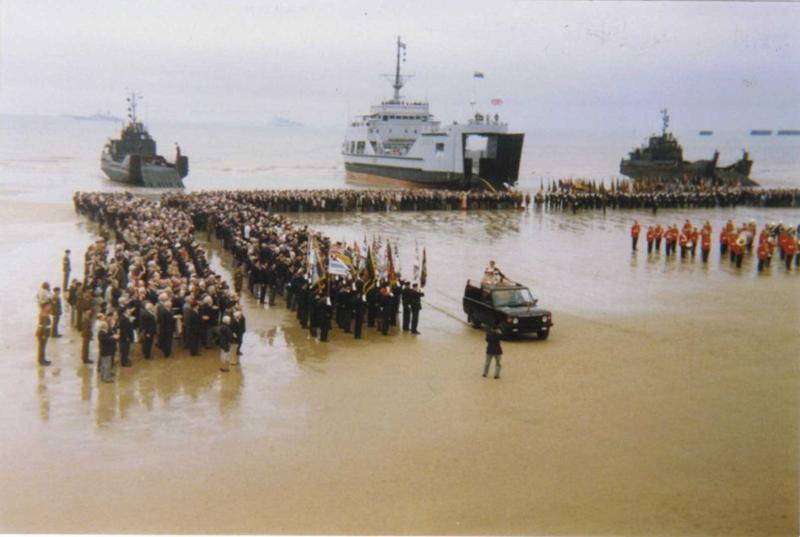
RG Jones was there on the Normandy beaches as nations commemorated the 1944 D-Day landings, and also at the centre of the VE Day Celebrations in Hyde Park.
-
Sound for a mourning nation
1997
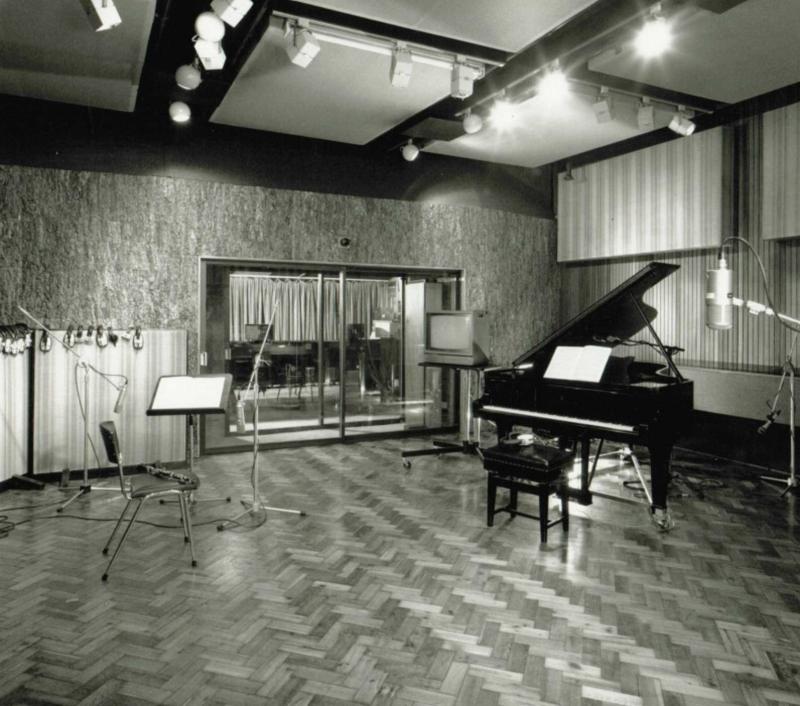
RG Jones assisted with the sound relay of the funeral for Diana, Princess of Wales. The remit was to provide music quality sound from Horse Guards Road, along The Mall, past Queen Victoria Memorial to Hyde Park Court. Screen relay was also set up in Regents Park.
Meanwhile, the studio had undergone another refurb and was re-opened for business in September 1997. The change allowed for more use of keyboards behind the recording engineer and a complete overhaul of the studio’s SSL Console.
-
An Audience With…
1998
RG’s continue to provide sound for a variety of TV shows from “An Audience With…” to “Friday Night’s All Wright” and “Barrymores My Kind of Music”. The development into Festivals had placed the hire department in a prime position to provide sound for a variety of outdoor events such as “The Asian Music Festival”, “The UK Athletic Meetings” and “Nottinghill Carnival”. Following the success with P&O’s naming ceremonies for The Oriana and The Arcadia, the company was then asked to provide sound for centre stage at The World Travel Market Exhibition.
Meanwhile, the installations department were busy installing equipment into some of the most distinguished venues across the city including The National Film Theatre.
-
Classically Spectacular
2000
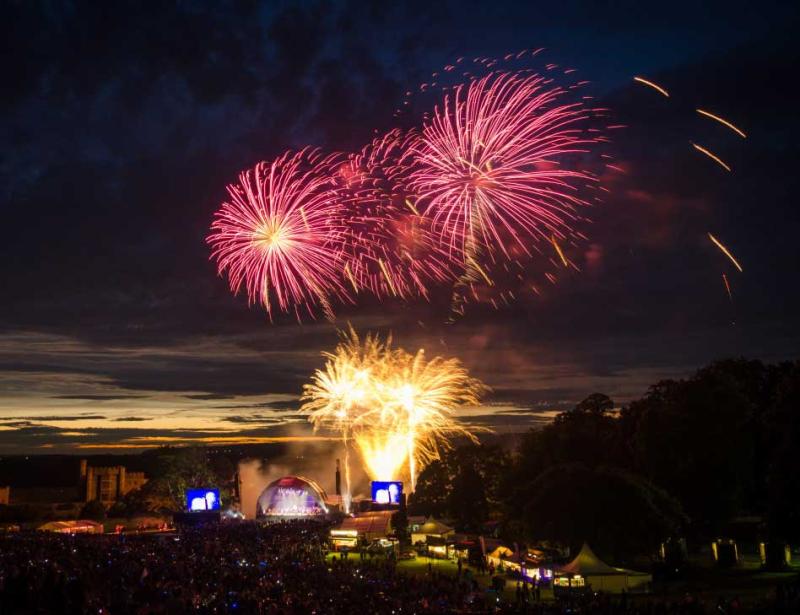
As RG Jones entered into the 21st Century, the company was being swept along into the ever increasing world of globalisation. The Internet had grown in population by 1993 and the company was now in a very different world than Reg’s small studio in Morden. It had been a very busy few years, Gladiators, The Princes Trust, National Television Awards to name just a few. The company had also developed an envious reputation for outstanding results across a number of high-profile classical concerts – both indoor and outdoor. From Leeds Castle Concerts, 1000 Voices, Cathcart Proms, Karl Jenkins Music and The Classical Brits.
-
Celebrating The Queen’s Golden Jubilee
2002
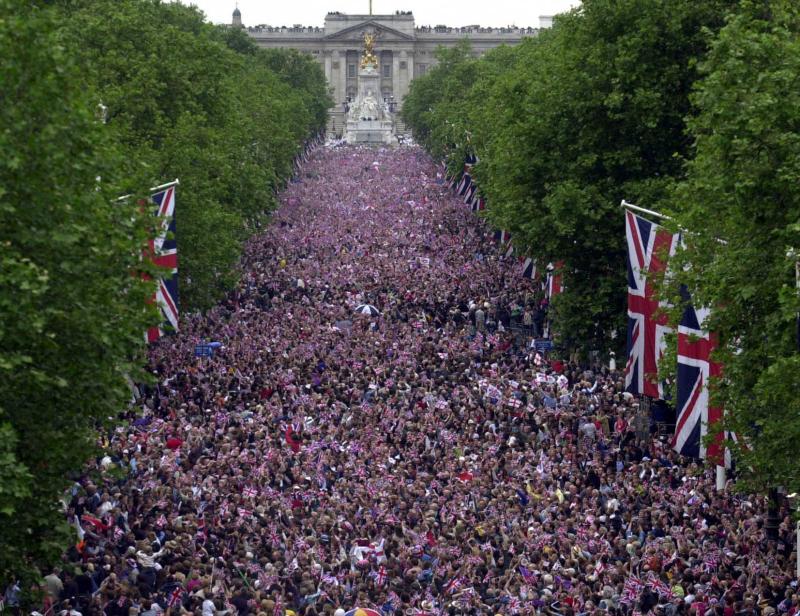
Marking the 50th anniversary of the accession of Queen Elizabeth II to the thrones of seven countries. The Golden Jubilee Celebrations were a highly complex affair technically, and the combined skills of several top rental companies were brought to bear over various sites around Buckingham Palace. It fell to RG’s to handle two high-profile music stages, one in Green Park and one in Hyde Park as part of the BBC’s multi-genre music event to mark the occasion. Also, events around the palace were transmitted via a large screen to thousands in Hyde Park, supported by a large system from RG’s. The party atmosphere was elevated by some great weather and the unforgettable sight of Concorde and the Red Arrows flying in formation down the length of The Mall, and we had a prime view from the stage in Green Park. It was once again a privilege to be so closely involved with such a major national event.
So by 2002, USB drives were now replacing floppy discs and there was a huge boom in the music downloading and use of data compression to quickly transfer music over the internet. The company continued to grow and invest, covering a diverse number of markets across the industry. From The World Sports and Pride of Britain Awards in TV-land, to The Opening of the Millenium Bridge and The Fast Show Tour – we were lucky enough to continue finding engineers that were flexible enough to rise to the challenge. A business is only as good as its employees and RG’s have managed to find some of the most dynamic and remarkable minds in the industry.
-
RG Jones celebrates its 80th Birthday
2006
RG Jones officially celebrated the 80th anniversary of its founding in July, with a special party thrown during the Henley Festival of Music & The Arts, an event to which the firm has been the longest serving supplier. The management and staff had plenty to be proud of: the pioneering spirit of their founding father,
countless innovations in sound recording, installation and rental, the survival of World War II and the company’s recent invitation by Buckingham Palace to apply for a Royal Warrant.A vintage van matching the one that was used back in the early days was hired and sign-written and played music to the guests as they enjoyed their picnics.
-
London celebrates the New Year in Style
2008
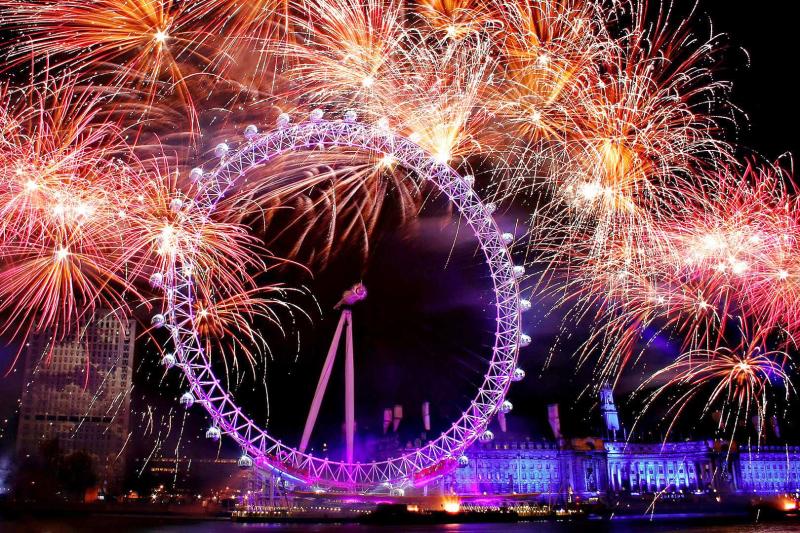
RG Jones provided complete public address crowd control systems across London for the New Year Celebrations.
Although we had been involved with this job year in and year out for many years, due to the nature of the work in pedestrian areas the majority of the rigging takes place overnight to reduce risks to the general public, while the requirements and restrictions year on year.
Horn-type loudspeakers were clamped to street lamp posts providing coverage across the key firework viewing areas including Waterloo and Westminster Bridge and the Embankment. Further systems were installed in Parliament Square, all street entrances to Trafalgar Square and Leicester Square.
-
Glastonbury Festival – The 40th Year
2010
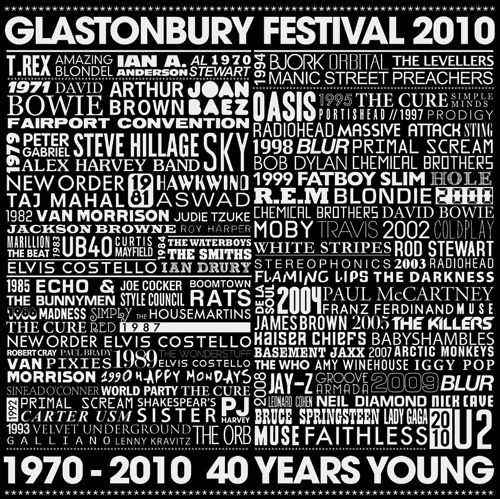
The largest green field open-air music and performing arts festival in the world, Glastonbury Festival was heavily influenced by hippie ethics and the free festival movement in the early 1970s. Organiser Michael Eavis stated that he decided to host the first festival, then called Pilton Festival, after seeing an open air Led Zeppelin concert at the Bath Festival of Blues and Progressive Music 1970 at the nearby Bath and West Showground.
RG Jones Sound Engineering provided Glastonbury Festival’s Pyramid Stage complete audio production for the third year in succession, after first working on the iconic stage in 2007 as suppliers of FOH and monitor control systems.
This year Michael Eavis appeared on the main stage, with headline artist Stevie Wonder, to sing the chorus of the latter’s Happy Birthday, marking the festival’s 40th year.
-
Processing for Western Europe’s Largest Mosque
2012
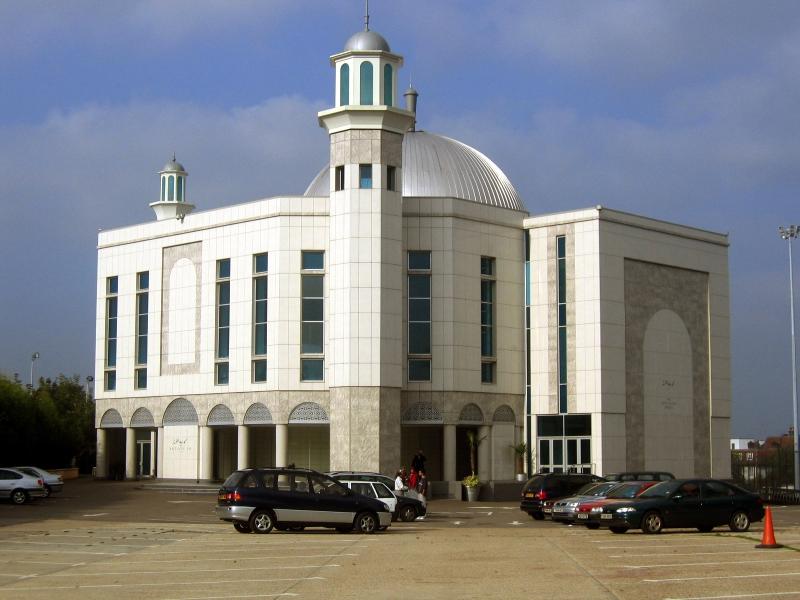
RG Jones Sound Engineering streamlined the audio transport at the Baitul Futuh mosque in South London with BSS Audio’s new generation Soundweb London processing, providing the mosque with greater flexibility and redundancy, advanced functionality and substantially increased processing power — which is essential since this is the largest mosque in Western Europe.
Originally Inaugurated in October 2003, the giant complex in Morden, South London, provides the Ahmadiyya Muslim Community with a focal point for meetings, social and religious events, which are broadcast worldwide on Sky Channel 787 by MTA — Muslim TV and translated simultaneously into eight different languages.
-
Largest Sound System Culture Festival in Europe
2014
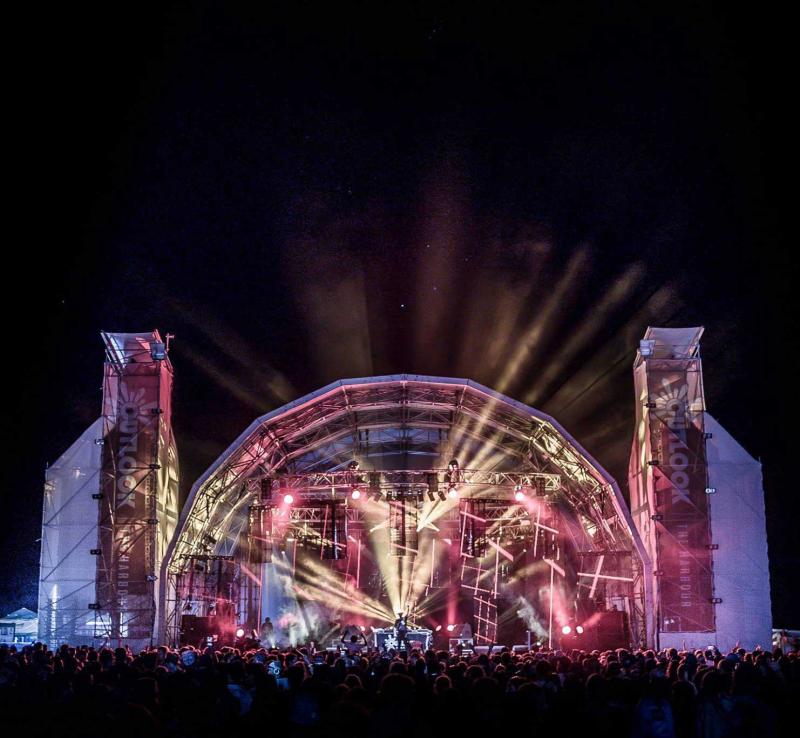
RG Jones provided sound for Croatia’s Outlook Festival, a radically upgraded production which introduced the Harbour Arena, boasting idyllic views across the water to the bay of Pula on the Istrian coast, and doubled the capacity, as drum and bass, dubstep and reggae acts / DJs performed against the background of other makeshift stages, created within this abandoned 160-year-old Fort at Punta Christo.
Having previously fielded the Martin Audio Longbow for the previous four years, project manager Steve Carr moved over to the next generation MLA. The promoters immediately noticed the difference and realised this was a special sound system.
-
Glastonbury – Come Rain or Shine
2015
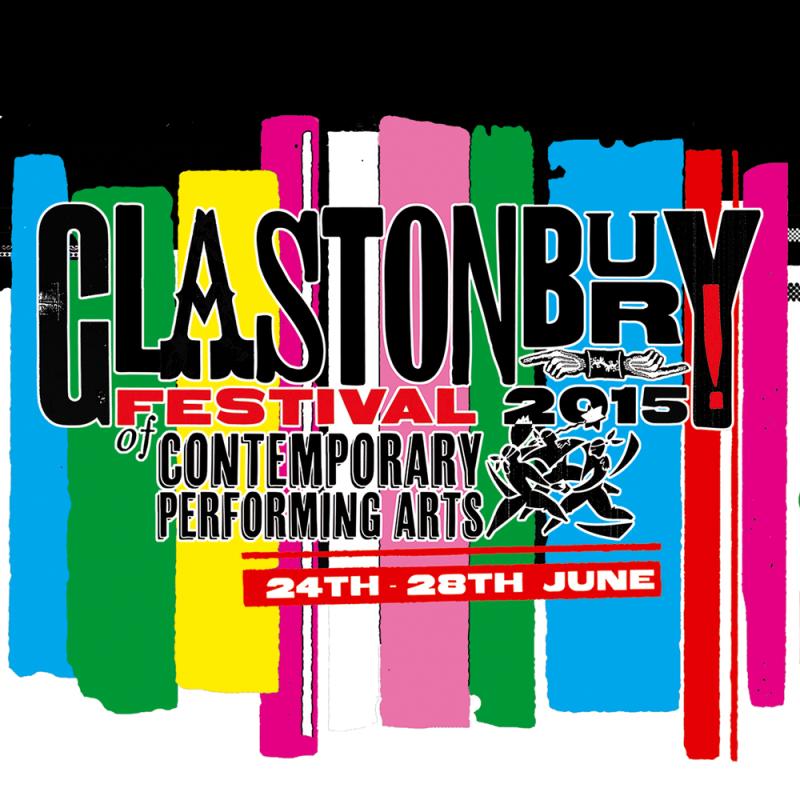
It was one of the wettest and most successful years for the world’s biggest and best music festival. Florence and the Machine was a huge favourite, and Lionel Ritchie never fails to deliver. Despite the rain RG Jones’ experienced festival crew fielded a Martin Audio MLA line array which once again delivered exceptional results throughout a wide range of different music from Burt Bacharach to Kanye West.
-
RG Jones at 90
2016
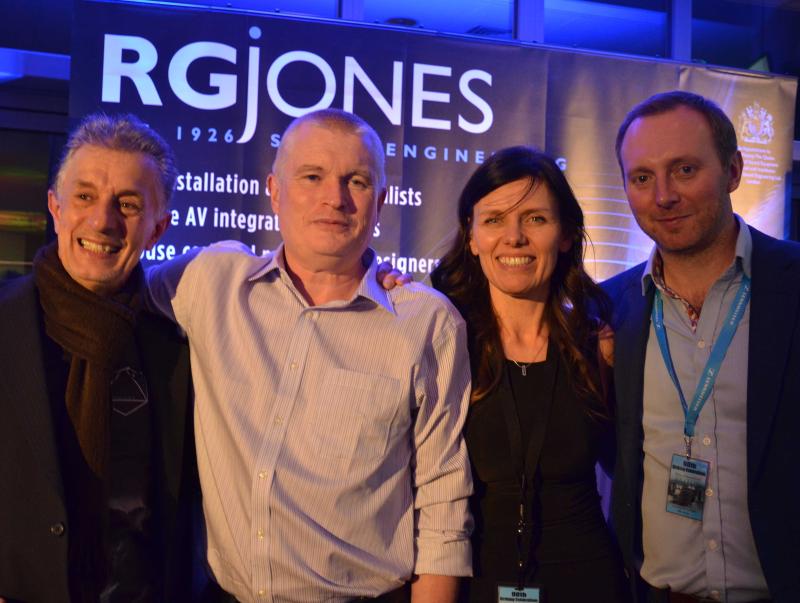
Ninety years in business is a remarkable achievement for any company. Founded in 1926 by a true pioneer, Reginald Geoffrey Jones, RG Jones is one of the oldest companies of its kind in the world, and is the history of professional audio. The principles of its founder will continue to take it into the future. Read more here

